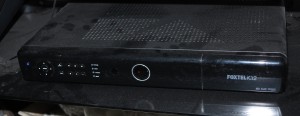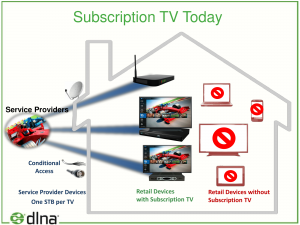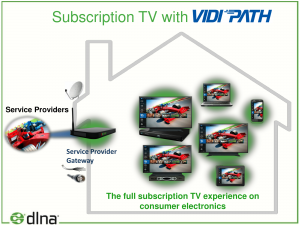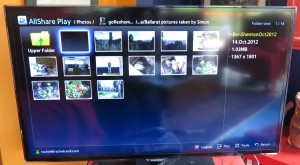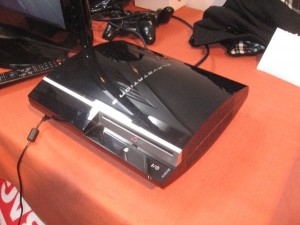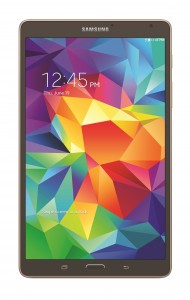DLNA 4 and Vidipath facilitate elaborate TV user interfaces for network devices
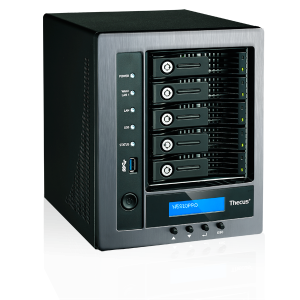
NAS units will be required to provide a rich user interface on the big screen without the need of an app
I have had a look through the DLNA 4.0 and VIDIPATH standards and found a feature that these standards do provide for in the form of a “remote user interface”. This is where another server device can provide a graphically-rich user interface on a separate client device typically in the form of a Smart TV or video peripheral. It works very much in a similar frame to how Web browsing, where you have Web pages hosted on Web servers and streamed over a network to a Web browser existing on a client device.
The standards that are supported in this context are HTML5 and RVU (pronounced R-View) which facilitate this graphically-rich user interface. It was pitched more at pay-TV operators who provide their customers a PVR or media gateway and want to share the same user interface across all of the smart TVs, connected video peripherals (Blu-Ray players, games consoles, network media players), regular desktop/laptop computers and mobile computing devices (smartphones, phablets and tablets).
Here, this would facilitate operator-provided video-on-demand, interactive TV services, the electronic programme guide and value-added services but allow the operator to present these services with their “skin” (branding and user experience) on all of the screens in a customer’s household. This is in contrast to services like programme guides, PVR content collections and recording schedules being presented using the device manufacturer’s user interface which may not be consistent especially at the lower end of the market. It wouldn’t matter whether the server device was “headless” (without a display or control surface) like a broadcast-LAN tuner or had a display and control surface like the typical set-top PVR with its own remote control and connected to the TV in the main lounge area.
But this technology appeals to another class of devices beyond the pay-TV set-top boxes and media gateways.
Increasing network-attached-storage vendors are partnering with software developers to develop and deploy advanced media-server software in their consumer-focused NAS products. Examples of these include the Plex Media Server being packaged with newer Western Digital premium consumer NAS products and the media server software that Synology are packaging as part of their latest DSM 6 NAS software. Typically these offer functionality like rich media information or improved search / browse functionality.
Some of the NAS devices offer PVR software that works with USB digital-TV-tuner modules or broadcast-LAN tuner boxes and are targeted towards markets where free-to-air TV or pay-TV delivered without operator-supplied equipment is highly valued.
As well, a lot of consumer-focused NAS devices are being marketed in the concept of the “personal cloud” and these devices could benefit from a rich user interface that takes advantage of smart TVs.
It also includes the possibility of Secure Content Storage Association pushing their Vidity “download-to-own” platform as a way to deliver the same kind of collectability and rich user experience that the DVD and Blu-Ray box-sets are known for when supplying sell-through video content “over the wire” or allowing customers to download DVD and Blu-Ray content to their home networks. This could also encompass using a NAS as an “offload device” for extra binge-watch content that you bring in using a PVR.
More and more, manufacturers will look at ways to add value to NAS devices or broadcast-LAN tuner devices as a way to have customers buy the newer devices rather than hang on to older devices.
When NAS suppliers want to offer this kind of functionality, they either implement a Web user interface which may work best for regular computers and tablets with you needing to know IP addresses or device network names, or you are having to download and install companion client apps into your client devices. This doesn’t really work well with any 10-foot “lean-back” experience.
But the reality is that this software can exploit RVU or HTML5 remote-user-interface standard technology to realise the user-interface images on to the regular television screen. Typically, all it requires is that the devices exploit their Web server software to implement the RVU or HTML5 remote-user-interface technology and use UPnP which is already used for the DLNA content server functionality to expose this content to TVs and similar devices.
For that matter, the ability to print out content from an interactive-TV show should be integrated in to RVU or HTML5 technology because some shows and advertising like cookery shows encourage the printing out of value-added content for users to benefit from this content.
To the same extent, the hotel applications could take this further by opening up virtual content sources for things like in-house video-on-demand or gaming; or even provide a user interface to services like in-room dining or booking use of day-spa facilities.
What needs to happen is that the remote user interface technology can be exploited beyond the set-top-box or media-gateway application and taken further to NAS or other server-role devices on a home or business network for a proper 10-foot experience.

